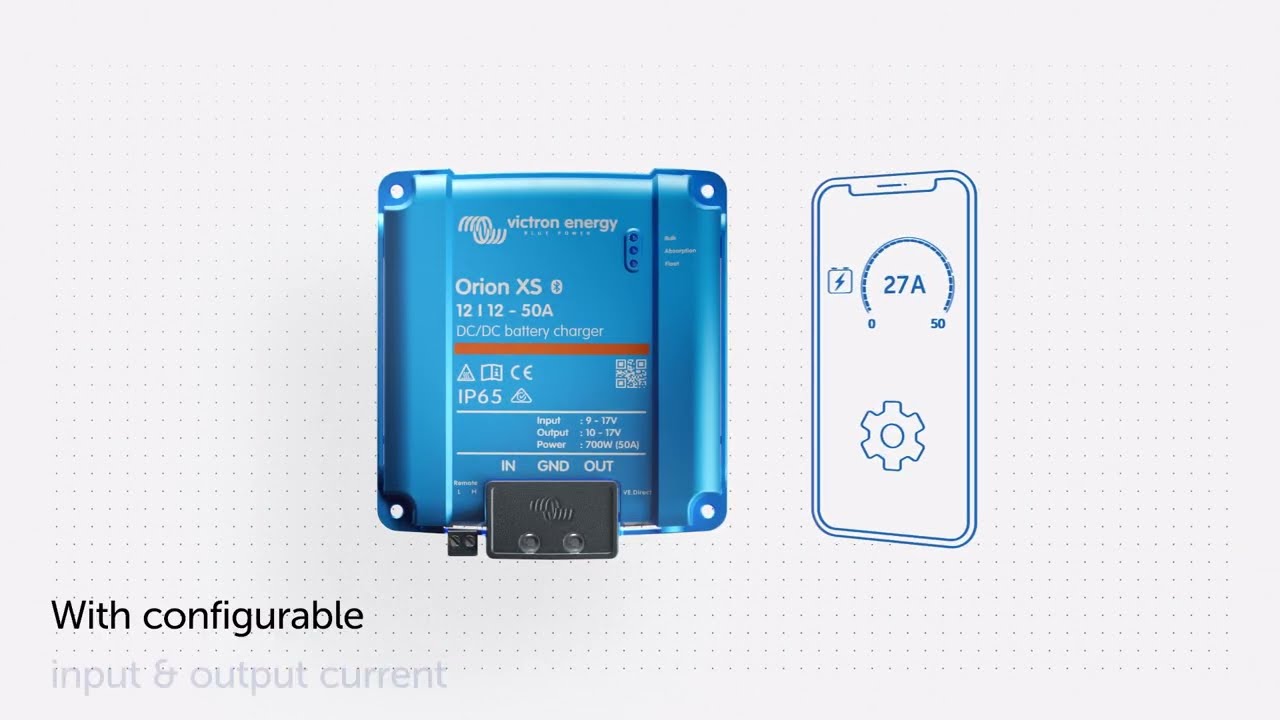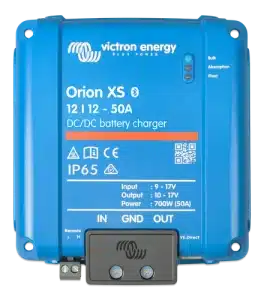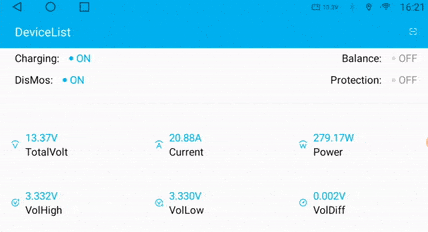

Hello,
Sign In

If you’re reading this, you’re probably already familiar with what a DC to DC converter is, when charging lithium batteries. But how do DC to DC converters work and what benefits do they offer?
What they basically do is that they take an input voltage from the car’s alternator (or similar source) and then adjust the voltage by either increasing it or decreasing it so it’s at the appropriate charging voltage for a lithium battery (say 14.4V, for argument’s sake).
Let’s revisit the three popular reasons to use a DC to DC converter before we dive into the surprise one at the end. Spoiler alert: It might be more of a “Reason 3.5,” but hey, who’s counting?

At first glance, limiting the current a battery draws might sound like a downside—especially if you’re eager to charge that battery fast. But it’s actually a huge advantage in two situations.
Firstly, without any limit, an empty battery might draw more current than it can handle. Now, if you’ve invested in a premium battery (like the ones we offer, of course 😉), this isn’t much of an issue because the Battery Management System (BMS) steps in and says, “Nope, no charge for you!” This prevents overloading. However, for lower-quality batteries that might be capped at, say, 50A, this could result in no charging at all when you need it most.
Secondly, it’s a good idea to limit current is to protect your alternator. Without a DC to DC converter, a big battery could pull too much juice from your alternator, and—worst-case scenario—burn it out. Now, if you’re cruising on the highway, it’s not really a risk. But if you’re idling a high-torque turbo diesel with little airflow and a low lithium battery… well, your alternator might get a little too hot under the collar. I just spoke to a customer last month who learned this the hard way!
To put it simply, the larger your battery capacity, the more potential current draw, which is why a DC to DC converter is like your alternator’s personal bodyguard.
Most modern cars come equipped with a smart alternator, which adjusts its output voltage based on what the car needs. Great for efficiency, right? But here’s the catch: smart alternators don’t always output the right voltage for charging lithium batteries. Most of the time, they’ll be too low, and your lithium battery will miss out on a full charge.
This is where the DC to DC converter shines! It steps up the alternator’s voltage to the optimal 14.4V (or whatever your lithium battery needs) and keeps it there, ensuring your battery gets a full, healthy charge every time. Think of it as a power translator—your alternator speaks one language, and your battery speaks another. The DC-DC converter ensures they’re on the same page.
This leads to an important question: How do DC to DC converters work to optimize your lithium battery charge? They ensure voltage stability and prevent issues caused by smart alternators.
The third reason’s a classic: the DC-DC converter makes sure your engine is running before it starts charging your leisure battery. If you’ve drained your auxiliary battery, no worries—you’ll still have a full starter battery to fire up your engine the next day. No one wants to be stuck in the middle of nowhere with two dead batteries, right?
Now, this is where things get interesting. Recently, I decided to experiment a bit. My starter battery died (yes, I run a battery company…ironic, right?), so I built a hybrid starter using a lithium battery and a supercapacitor. It worked great, but then I noticed something fascinating: once my lithium battery was nearly fully charged and the alternator’s voltage dropped, the battery’s voltage was actually higher than the alternator’s.
The result? Instead of the alternator powering the car’s electrical systems, the battery took over. So, how do DC to DC converters work in this situation? Even with the engine running, the battery was discharging when it should’ve been resting. I was seeing discharge currents at times over 20A—yep, 20A coming straight from the battery instead of the alternator!
That means my battery was constantly cycling between charging and discharging—sometimes multiple times a day. If you’re using a high-quality lithium battery with a lifespan of 4,000 cycles or more, this might not be a deal-breaker, but it’s still not ideal. Why unnecessarily burn through battery cycles when you don’t have to? A DC-DC converter would’ve prevented this by ensuring the lithium battery stays fully charged until it’s actually needed.
So, there you have it—my accidental discovery of a “fourth” reason to use a DC-DC converter. Or should we call it Reason 3.5, since it’s sort of an extension of the second reason? 🤔 Either way, it’s one more reason to consider adding a DC-DC converter to your setup.

So, how do DC to DC converters work to protect your battery, alternator, and entire electrical system? They play a key role in ensuring your lithium setup operates smoothly, by limiting current draw, optimizing alternator voltage, and preserving battery health. Whether it’s Reason #1, #2, #3, or even the honorary #3.5—your battery (and alternator) will thank you for it!

Copyright © 2023 Muller Energy. All rights reserved.
Lorem ipsum dolor sit amet, consectetur adipisi cing elit, sed do eiusmod tempor incididunt ut labore et dolore magna aliqua. Ut enim ad minim veniam, quis nostrud exercitation ullamco laboris nisi ut aliquip ex ea commodo consequat.